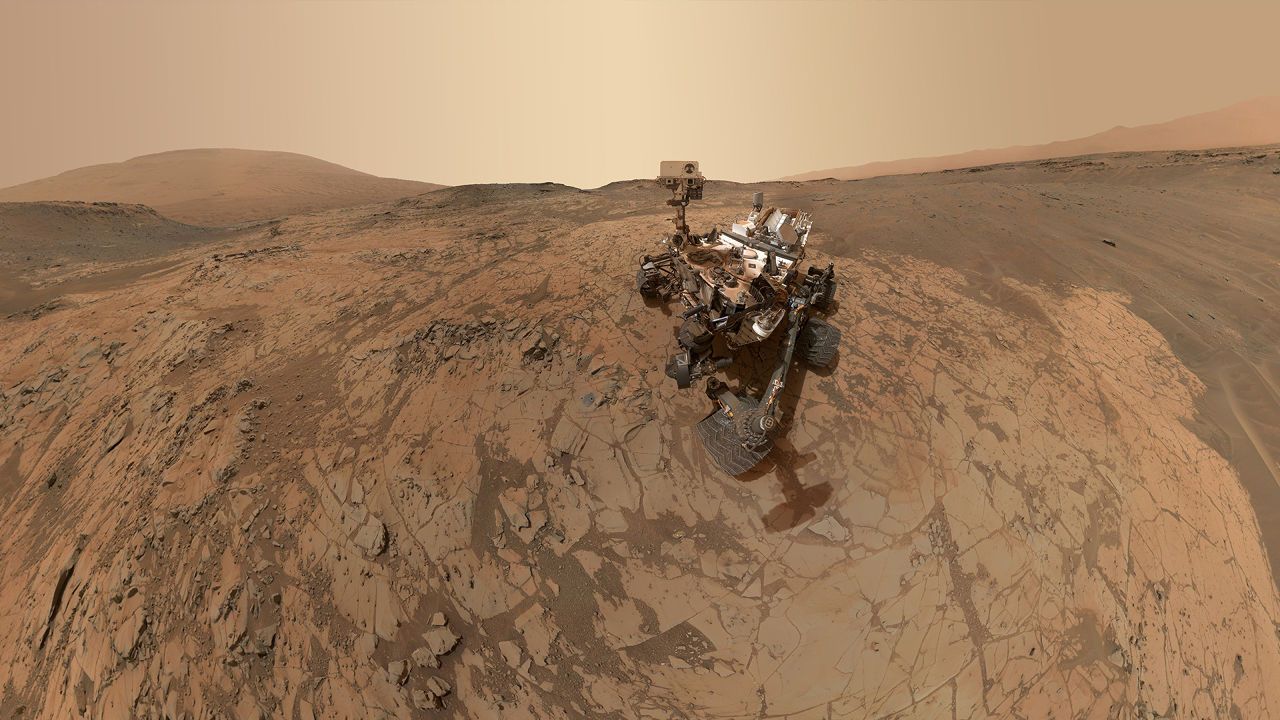Apr 24, 2015
A Tool That Lets Designers Tweak iPhone Apps Without Code
Posted by Seb in categories: hacking, innovation, software
Kyle VanHemert — Wired Jaanus Kase isn’t sure we should teach every kid to code.
Jaanus Kase isn’t sure we should teach every kid to code.
Wait, don’t grab your pitchfork just yet. He thinks it’s a perfectly noble idea, just that it ignores a basic fact: Programming as it exists today is tedious and a highly specialized skill—one that, frankly, not everyone is well-suited to. “Saying that everybody is a programmer, everybody must code, it’s dangerous,” he says. “It trivializes the art of programming. And it is an art—a craft.”
Rather than teach everyone to code, maybe it makes more sense to build tools that let some people side-step programming altogether? Read more













